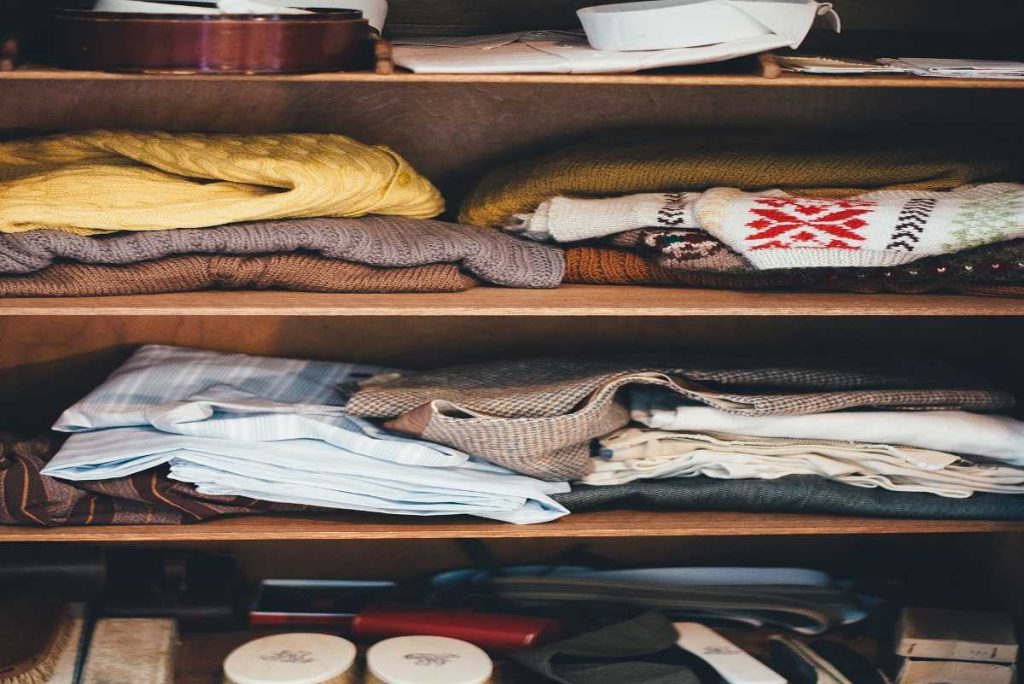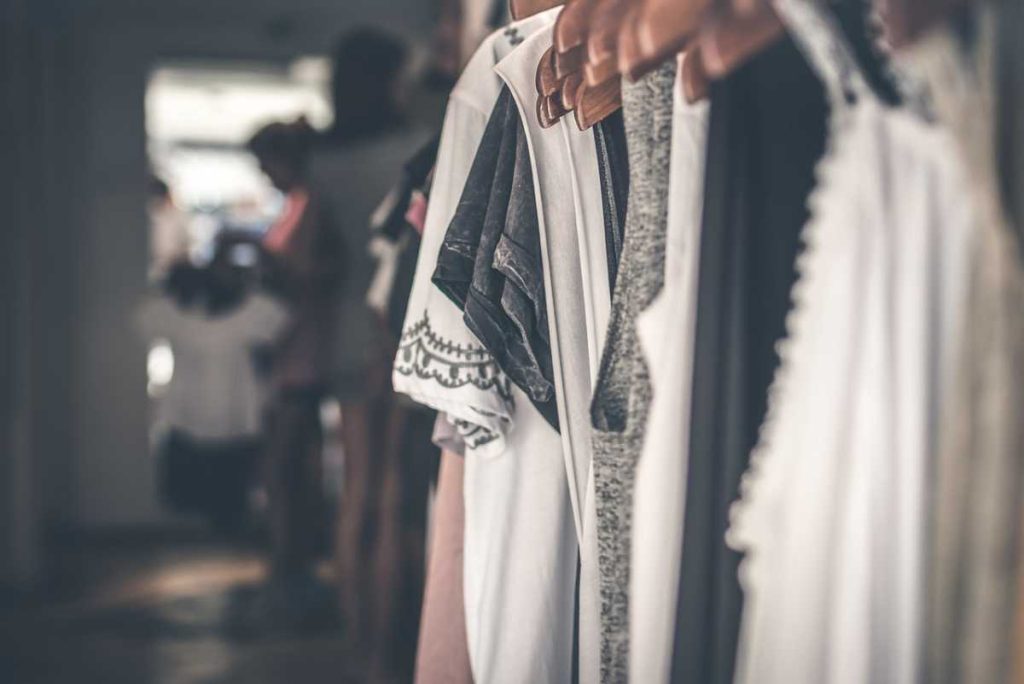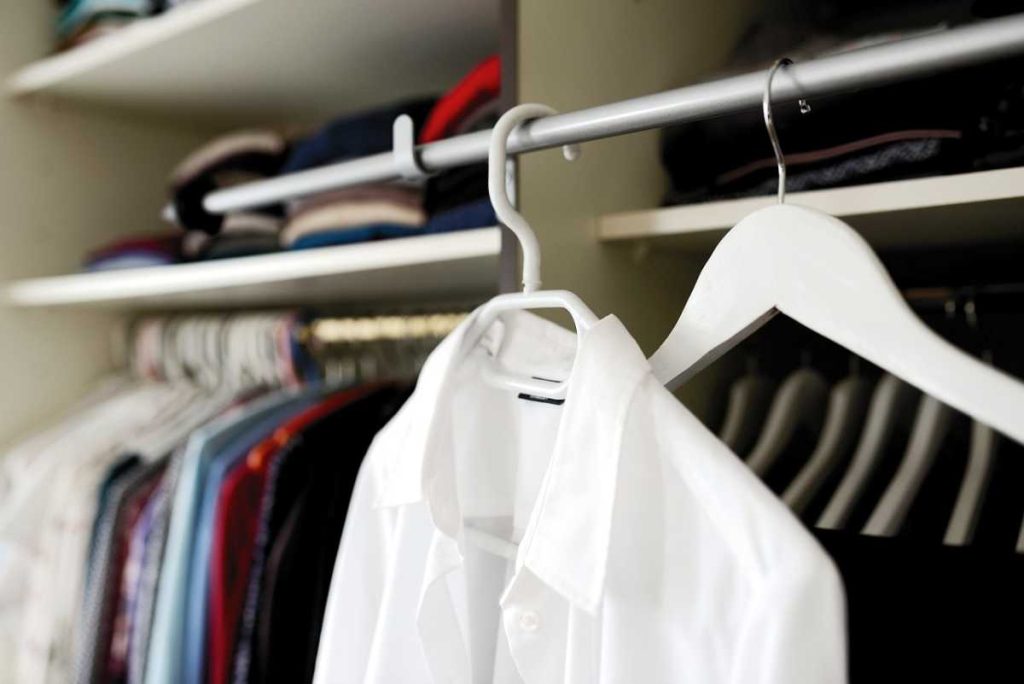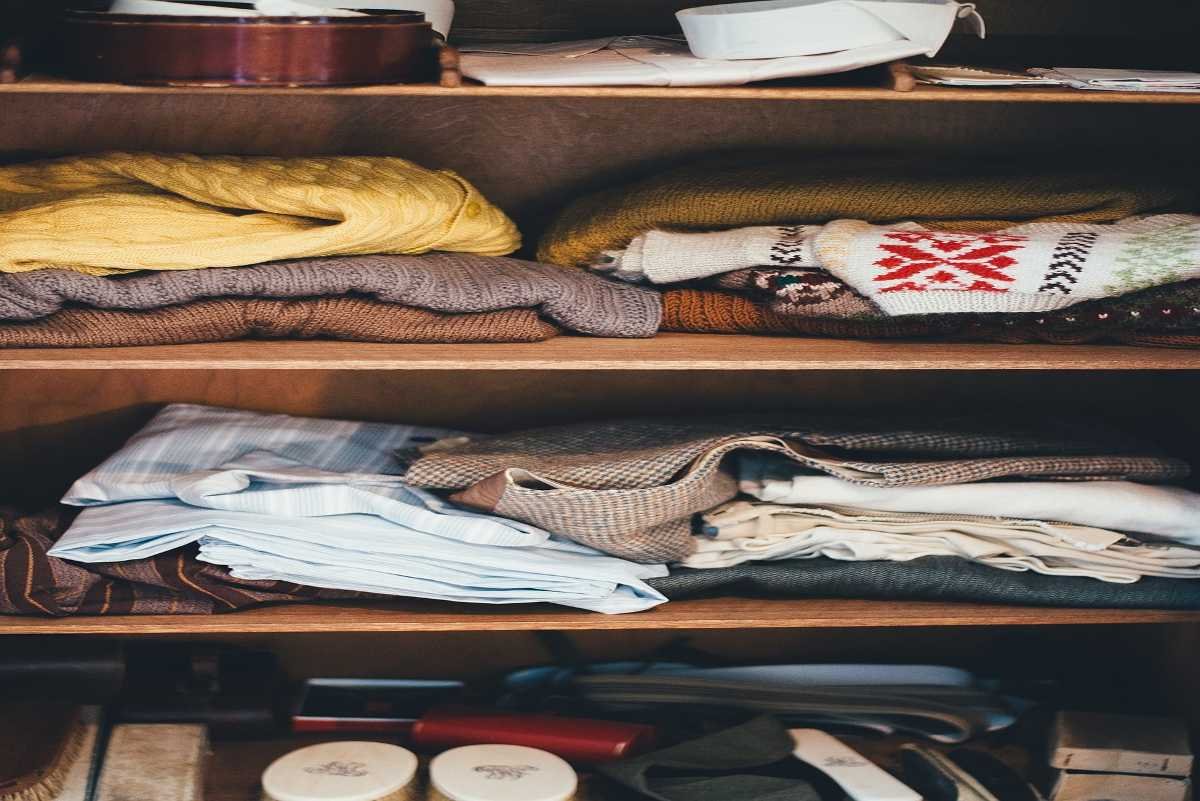Living in a space with limited room can often make keeping your clothes organized a challenge. From overflowing wardrobes to drawers that won’t shut, it’s easy for your clothes to take over your living space. One solution that’s gaining popularity is using storage cubes, a simple but effective way to maximize your space while keeping things tidy.
In this detailed guide, we’ll explore how you can organize clothes in cubes to declutter your space, make it easier to find your outfits, and maintain a clean, organized wardrobe. Whether you have a small closet or are living in a compact apartment, organizing your clothes in cubes can transform your storage game.

1. Choose the Right Type of Storage Cubes
The first step in organizing your clothes using cubes is to choose the right type of cube storage system that works for your needs. There are several types of storage cubes available, including fabric, plastic, and wooden cubes. Some come with open shelves, while others have built-in drawers or collapsible compartments.
Why This Helps:
Selecting the correct type of cube storage will help you organize your clothes in a way that matches your space and style preferences. For instance, fabric cubes are lightweight, versatile, and easily collapsible, making them great for smaller spaces. Plastic or wooden cubes, on the other hand, are more durable and ideal for permanent setups.
How to Implement It:
- Measure your space: Before purchasing storage cubes, measure the area where you plan to place them. This will ensure the cubes fit perfectly without overcrowding the room.
- Consider stackable cubes: If you’re short on floor space, look for stackable cubes that can be arranged vertically. This way, you can store more clothes without taking up much horizontal space.
- Think about portability: If you want to rearrange your room frequently or move cubes between rooms, opt for lightweight fabric cubes that can be easily moved around.
By choosing the right cubes, you lay the foundation for a more organized and efficient clothing storage system.
2. Categorize Your Clothes for Efficient Storage
Once you have your storage cubes, the next step is to categorize your clothes. This allows you to store similar types of clothing together, making it easier to find what you need without rummaging through piles of clothes.
Why This Helps:
Categorizing clothes not only saves you time when getting dressed but also keeps your cube storage system organized and clutter-free. You’ll have a clear overview of where everything is, reducing stress and ensuring that your space stays tidy.
How to Implement It:
- Group by clothing type: Separate your clothes into categories like t-shirts, jeans, shorts, dresses, undergarments, and accessories. Assign one or more cubes to each type of clothing.
- Seasonal rotation: For seasonal items like winter jackets or summer dresses, place them in cubes that are less accessible. You can rotate these clothes based on the season, keeping only what you need on hand.
- Special occasion items: If you have clothes you only wear for special events (like formal dresses or suits), consider storing these in a designated cube or space to prevent everyday clutter.
By categorizing your clothes, you’re able to utilize your storage cubes more effectively while maintaining a neat and organized wardrobe.
3. Use Cube Dividers to Maximize Space
Even though cubes provide a lot of storage, simply placing all your clothes in them can lead to a jumbled mess. To prevent this, use dividers inside the cubes to further organize and maximize your storage space.
Why This Helps:
Cube dividers help separate different types of clothes or accessories within the same cube. This keeps everything organized and makes it easier to locate specific items without making a mess. Dividers also ensure that your cubes don’t get overstuffed, which can ruin the neatness of the system.
How to Implement It:
- Vertical dividers: You can place vertical dividers inside larger cubes to store different items in separate sections. For example, you could store socks on one side and underwear on the other.
- Drawer-style cubes: Some storage cubes come with drawer-like inserts that act as natural dividers. These are perfect for storing smaller items like scarves, belts, or jewelry.
- DIY solutions: If you don’t want to buy dividers, you can create your own using sturdy cardboard or plastic trays. This is an inexpensive way to maximize cube space while keeping everything organized.
With the help of dividers, you’ll make the most out of each cube and avoid clutter.

4. Fold Clothes Efficiently for Maximum Space
To get the most out of your cube storage, folding your clothes properly is key. Certain folding techniques can significantly increase the number of items you can fit in each cube, while still keeping everything neat and accessible.
Why This Helps:
Efficient folding reduces bulk and saves space, allowing you to store more clothes in each cube. Techniques like the KonMari method not only make your clothes more compact but also make it easier to see what you have, preventing you from forgetting about items hidden at the bottom.
How to Implement It:
- The KonMari method: This technique involves folding clothes into small, rectangular shapes that can stand upright. This allows you to line them up vertically in your cubes, giving you a clear view of each item without stacking.
- Roll method for soft items: For softer items like t-shirts, pajamas, or scarves, try rolling them instead of folding. Rolling saves space and makes it easier to pack more items into a cube without wrinkling the fabric.
- Layering by size: In cubes that don’t have dividers, place larger items like sweaters or jeans at the bottom, and smaller items like tank tops or undergarments on top. This makes it easier to access items without disturbing the entire pile.
Using efficient folding methods will help you store more clothes without cramming them into cubes, keeping everything neat and orderly.
5. Label Your Cubes for Easy Identification
It’s easy to lose track of what’s stored in each cube, especially if you have several of them. Labeling your cubes is a simple but effective way to keep your system organized and reduce the time spent searching for specific items.
Why This Helps:
Labels make it easy to identify what’s inside each cube without having to open them. This saves time and prevents you from making a mess while searching for clothes. It’s especially useful if you have multiple family members using the same cube system.
How to Implement It:
- Use clear, visible labels: Purchase stick-on labels or use a label maker to create clean, readable labels for each cube. Be specific, such as “T-shirts” or “Winter Coats,” rather than general terms like “Clothes.”
- Color-code by family member: If you’re using cubes to organize clothes for the whole family, consider color-coding labels by person. This makes it easy for everyone to know which cubes belong to them.
- Change labels as needed: As seasons change or your wardrobe evolves, don’t be afraid to update the labels to reflect what’s currently inside each cube.
Labels make your storage system more intuitive and organized, saving you time and hassle in the long run.

6. Use Vacuum-Sealed Bags for Bulky Items
Bulky clothing items like winter coats, blankets, or sweaters can take up a lot of space in your storage cubes. One way to minimize the amount of room they take up is by using vacuum-sealed bags.
Why This Helps:
Vacuum-sealed bags compress bulky clothing, allowing you to store more in each cube or even in an entirely separate storage space. This is especially useful for off-season clothing, which you don’t need to access regularly.
How to Implement It:
- Store out-of-season clothes: Place items like winter coats, heavy sweaters, or thick blankets in vacuum-sealed bags and store them in cubes that are less frequently accessed.
- Save space in small closets: If you’re working with a small closet, vacuum-sealed bags are an excellent way to compress clothes and store them on a high shelf or even under the bed.
- Label the bags: Make sure to label the bags before vacuum-sealing them so that you know what’s inside when it’s time to rotate your wardrobe.
Vacuum-sealing is a great way to save space while keeping bulky items organized and out of the way.
7. Rotate Your Wardrobe Seasonally
As seasons change, so should your wardrobe. Rotating your clothes based on the season ensures that only the clothes you’re currently wearing are taking up space, while off-season clothes can be stored away neatly in cubes.
Why This Helps:
Seasonal rotation helps free up space in your most accessible storage areas, making it easier to find what you need without rummaging through items you won’t use for months. It also gives you a chance to reassess your wardrobe and donate or discard clothes you no longer wear.
How to Implement It:
- Store off-season clothes in higher cubes: If your cube storage is vertical, use the top cubes to store off-season clothes, so they’re out of the way but still accessible when needed.
- Switch clothes twice a year: In spring, pack away winter clothes and bring out your summer wardrobe. In fall, do the opposite. This keeps your cubes organized and relevant to your current needs.
- Donate unused items: While rotating, take the opportunity to donate clothes you didn’t wear last season. This declutters your wardrobe and creates more space.
By rotating your wardrobe, you keep your cube storage efficient and clutter-free year-round.
8. Maintain Your System for Long-Term Success
The final tip for maximizing your space with cube storage is to maintain your system regularly.
Why This Helps:
Regular maintenance ensures that your cubes remain organized and functional. It also prevents clothes from accumulating and helps you stay aware of what you have, making it easier to maintain a clutter-free space.
How to Implement It:
- Schedule regular cleanouts: Set a date every few months to reevaluate your cube system. Check for items you no longer wear or need and make room for new ones.
- Create a “return to cube” habit: Every time you take something out, make it a habit to return it to its designated cube immediately after use. This helps maintain the organization and prevents clothes from ending up in piles.
- Involve family members: If you have kids, involve them in the process. Teach them where their clothes belong and encourage them to keep their cubes tidy.
By maintaining your organization system, you can enjoy a clutter-free living space and a streamlined wardrobe for the long haul.
Conclusion
Organizing your clothes in cubes is an effective strategy for maximizing your space and creating a more functional living environment. By choosing the right type of storage cubes, categorizing your clothes, using dividers, and implementing efficient folding methods, you can keep your wardrobe neat and accessible. Don’t forget to label your cubes, use vacuum-sealed bags for bulky items, and rotate your wardrobe seasonally. Lastly, maintain your system regularly to ensure long-term success. With these tips, you can transform your space, reduce clutter, and enjoy a more organized and peaceful home.

